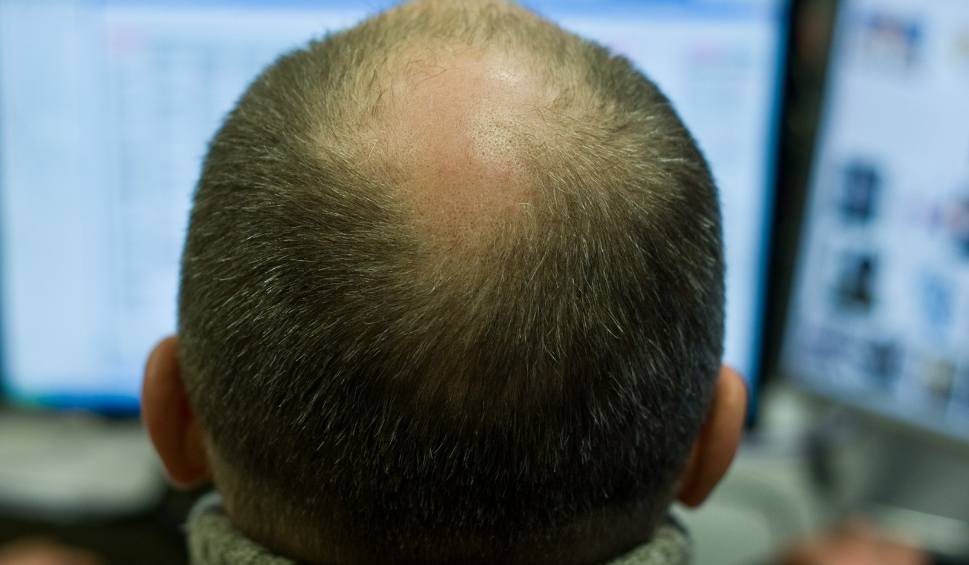It affects both men and women. Men lose their hair gradually and it starts around temples. Women’s hair becomes thin on the whole head and the hairline doesn’t recede. Pattern hair loss – what is it, what are the causes, how to treat it?

Pattern hair loss – what is it?
This condition is the most common cause of people losing their hair. Pattern hair loss is and has always been associated with men yet it affects women, too (but it’s less common). There is both male and female-pattern hair loss.
Pattern hair loss – causes
Even though androgens (such as testosterone) are typically-male hormones, they’re found in women, too. DHT – dihydrotestosterone (an active form of testosterone) – is responsible for pattern hair loss, weakening the hair follicles of men and – less often – women. In healthy women, androgens are dominated by female hormones e.g. estrogen and progesterone. That is why they don’t cause any disturbance. However, due to various factors, the hormonal balance may be disturbed, leading to female-pattern hair loss.
Causes of the excess of androgens in women that lead to pattern hair loss:
- menopause, pregnancy, taking hormonal medication e.g. contraceptives;
- adrenocortical hyperfunction;
- polycystic ovarian syndrome;
- adrenal cancer;
- ovarian cancer.
Pattern hair loss – how to fight it?
This type of hair loss is the most common among men. Women, on the other hand, have a lot of ways of fighting the problem. The battle begins with:
- hormone tests
- hair examinations, known as the trichogram, evaluating the state of hair roots and defining the number of hairs in a given growth phase
- biopsy
A proper diagnosis allows for choosing the right treatment.
Both men and women can go for hair transplantation.







Leave a Reply